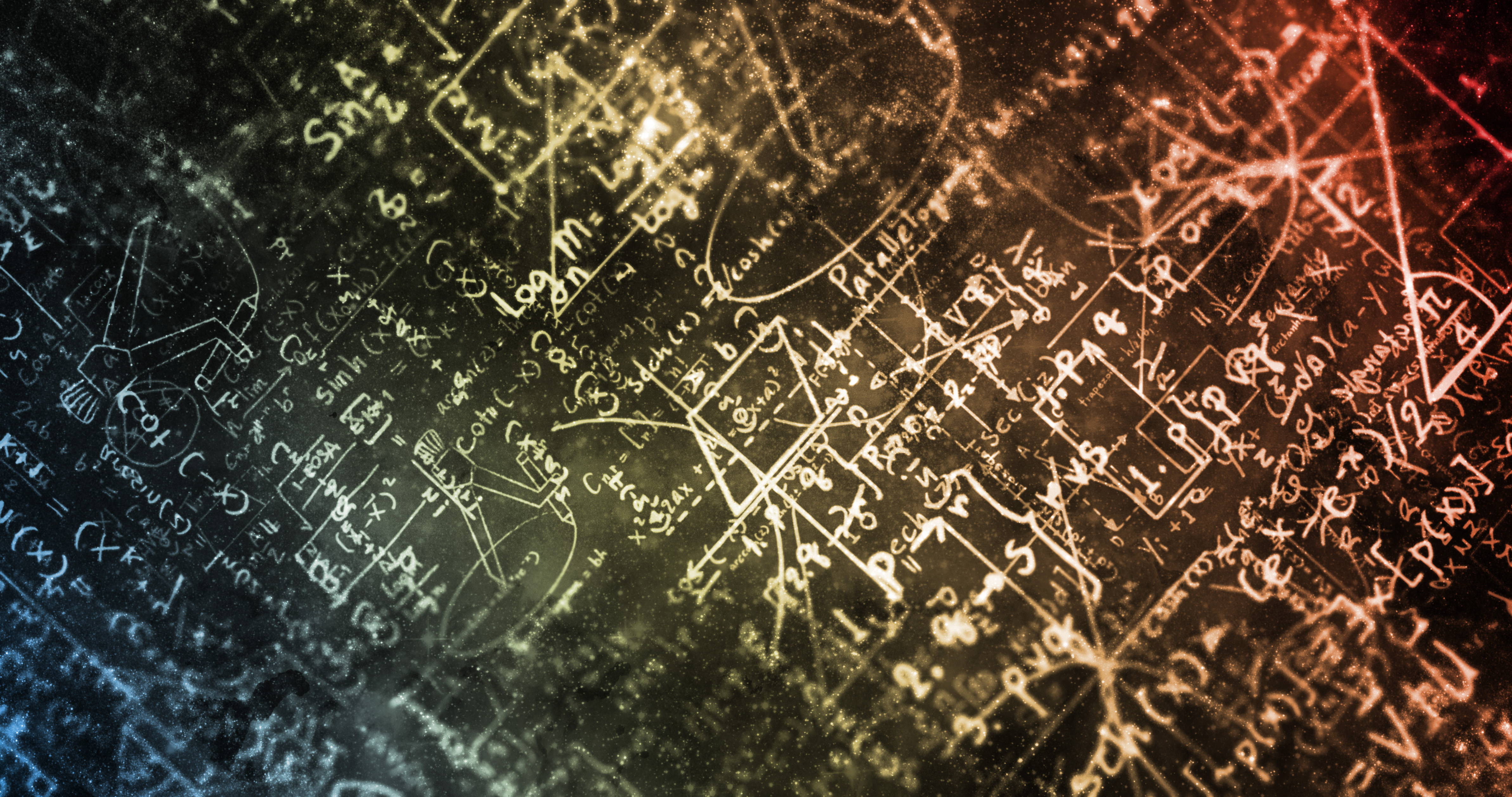Quantum computing has the potential to revolutionize how we solve complex problems—especially those that would take today’s most powerful supercomputers years to solve. At Los Alamos National Laboratory (LANL), we are leading efforts to explore this potential using both current and future quantum systems.

Quantum Areas of Research
Pushing the Boundaries of Quantum Science
Five core research areas driving discovery
Quantum Computing
Working with Today’s Quantum Machines
We're already doing groundbreaking work with existing quantum devices, like noisy intermediate-scale quantum (NISQ) systems and quantum annealers. While these early machines aren’t perfect, they’re powerful enough to deliver a quantum advantage in specific tasks—and we’re helping define what that looks like.
Building the Full Quantum Stack
Quantum computing requires a complete technology stack, from hardware to software. At LANL, our focus includes:
- Qubit materials and gate operations
- Error correction methods
- Quantum networking tools
- Compilers and algorithm development
We are developing strategies for both current NISQ devices and future error-corrected quantum computers. Our work also includes hybrid computing, combining classical high-performance computing (HPC) with quantum processors.
Quantum Communications
Los Alamos National Laboratory is a leader in quantum communications, with a strong history of innovation with a robust portfolio of IP and funded programs, vibrant programs ongoing today, and a solid set of collaborating institutions. Our programs span secure quantum communication, remote entanglement distribution, and quantum-enhanced sensing.
We’re addressing critical challenges in quantum networking, including the development of ground-to-ground, space-to-ground, and space-to-space quantum links. These capabilities are key to enabling secure global networks, distributed quantum computing, and long-range entanglement.
LANL is well-positioned to serve as the Department of Energy’s primary resource—and a national leader—for space-based Quantum Information Systems.
Quantum Sensing
Quantum sensing leverages fundamental quantum phenomena—coherence, superposition, and entanglement—to achieve ultra-precise measurements of physical properties such as fields, frequencies, and other observables. It’s one of the most rapidly advancing areas in quantum science, poised to deliver near-term, real-world impact. At the same time, it benefits from ongoing advances in quantum theory, computing, and algorithms that continue to expand its capabilities.
Los Alamos National Laboratory (LANL) has a deep legacy of leadership in quantum sensing, with a strong track record in both foundational research and applied technologies. As a transformative capability, quantum sensing also draws strength from LANL’s broader expertise in quantum information science.
LANL’s work spans several key areas of quantum sensing, including:
- Atomic-based sensors for high-precision measurements that push the limits of spatial and temporal resolution
- Photonic sensing technologies, including devices engineered for high-performance signal detection
- Low-temperature and superconducting detectors used in nuclear materials analysis
- Quantum theory development focused on optimizing sensing performance, enabling new architectures and advanced data extraction techniques
- Collaborative innovation with quantum materials researchers, driving the development of next-generation sensing platforms
As quantum technologies continue to evolve, LANL remains at the forefront—bridging theory and application to translate quantum principles into practical, high-impact sensing solutions.
Quantum sensors are already proving their value in critical areas such as position, navigation, and timing (PNT), electromagnetic field detection, and gravimetry. By harnessing the unique properties of the quantum world, these devices unlock entirely new capabilities—offering major gains in precision and accuracy, while reducing size, weight, and power requirements for future systems.
Quantum Materials
Los Alamos National Laboratory (LANL) has been a long-time leader in the study of quantum materials with the goal of understanding how interacting quantum systems with entangled degrees of freedom give rise to exotic emergent phenomena that defy current theories.
In quantum materials, strong electron interactions, special topological features, extreme environments (like very high magnetic fields), and custom-designed defects help drive major advances in quantum computing, communication, and sensing. Studying how these quantum systems behave and building models to understand them also leads to new materials, better research methods, and fresh directions for discovery.
Quantum materials research focuses on creating and controlling materials whose key features depend on quantum mechanics. By understanding how quantum matter behaves from tiny to large scales, we can better predict how materials will perform—an integral part of LANL’s overall materials work. These materials are also essential for the hardware used in quantum technologies like computing, sensing, and communication. This is a key reason investing in this research is a core part of LANL’s quantum strategy. Fundamentally, we aim to understand and control the complex behaviors that come from how electrons interact in these materials.

Contact Us
Quantum Institute
- Los Alamos National Laboratory
- P.O. Box 1663
- Los Alamos, NM 87545